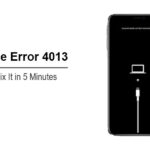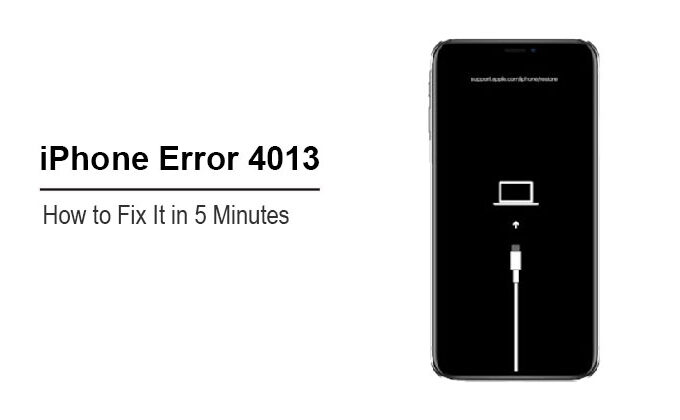A computer screen flickering can be a bothersome and occasionally alarming problem, regardless of whether you’re using a desktop or a laptop. Although it is unlikely to occur often for the moment but if you ignore it, the issue can disrupt your work and strain your eyes, and may cause headaches.
There are many possible solutions to solve this issue. In the following article, we’ll examine the most common causes of computer screen flickering and give a step-by-step method on how to fix the monitor screen flickering issue.
What is Screen Flickering?
Screen flickering refers to a computer monitor or website’s constant and rapid flashing that disturbs or even distracts its users, creating discomfort or disruption for them. There could be various causes, such as hardware issues, such as outdated drivers or software incompatibilities, and loose cables, which cause this phenomenon of flickering screens.
Why is My PC Screen Flickering? Common Causes
A Flickering computer screen can be distracting and often indicates an underlying issue, including:
- Display driver issues: outdated or corrupted drivers
- Refresh rate mismatch: screen settings not matching your monitor’s capability
- Loose or damaged cables: HDMI/VGA/DisplayPort connections not secure
- Software conflicts: incompatible apps or background processes
- Hardware problems: faulty monitor or graphics card
How to Fix Computer Screen Flickering
1. Check the cables
First, ensure all cables are properly attached, including your power source and monitor-computer cable. Any instability in power may lead to flickering screens. Alternatively, a poor connection could result in screen flickering.
Whenever opening your laptop lid and viewing its screen flickers intermittently, try adjusting its hinge and check if the issue is solved.
Also read: Best Curved Monitor 2025 – Top 8 Picks for Gaming, Work & Creativity
2. Boot into Safe Mode
Start up your PC in Safe Mode to determine what’s causing its monitor screen to flicker, as this could indicate it has nothing to do with hardware but instead could be due to third-party software or newly installed drives.
3. Roll Back or Update Drivers
If your monitor flickers intermittently, an outdated or incorrect graphics driver could likely be to blame. Download and install the most up-to-date drivers from their official sites to determine whether this flickering continues.
If the flickering occurs after upgrading to a driver, switching back to an earlier release might help resolve it.
4. Check for Software Conflicts
Recent apps may interfere with your display settings and cause flickering issues on the screen, so consider uninstalling those that were downloaded before any fluttery behavior appeared on screen.
5. Adjust Refresh Rate and Resolution.
Incorrect display settings regarding resolution and refresh rate could result in computer screen flickering, leading to flickering of the computer monitor. Adjusting these parameters by decreasing or switching resolution could solve this issue of flickering by making screen specs match more closely together.
To change your display settings, right-click your desktop and choose Display Settings. Here, you can alter screen resolution under Display Resolution or adjust refresh rates via Advanced Display Settings.
6. Disable Hardware Acceleration
Certain applications and websites offering hardware acceleration may cause flickering when used together, leading to potential flickering issues.
Try turning off or reducing it from your settings menu of the application to see if it can fix the screen flickering.
Also read: What is Elara App and How to Remove It
7. Check for Windows Updates
Ensure your Windows and OS updates are the current version. Microsoft often releases patches to address compatibility issues or software bugs that cause flickering laptop screens.
If flickering occurs following your latest Windows upgrade, uninstalling it could be necessary.
8. Monitor for Overheating
If your computer is overheated, it may cause issues like flickering screens. To prevent this from happening, you should monitor your CPU’s temperature frequently and keep your system cool.
Final Thoughts
A computer screen flickering doesn’t always indicate failing hardware. Sometimes updating drivers or tightening loose cables may suffice to resolve it. Determining its cause early may save time, money, and stress in the future. Though if this problem continues after trying various fixes, it might be wiser to call an IT technician or consider purchasing another monitor altogether.















Leave a comment